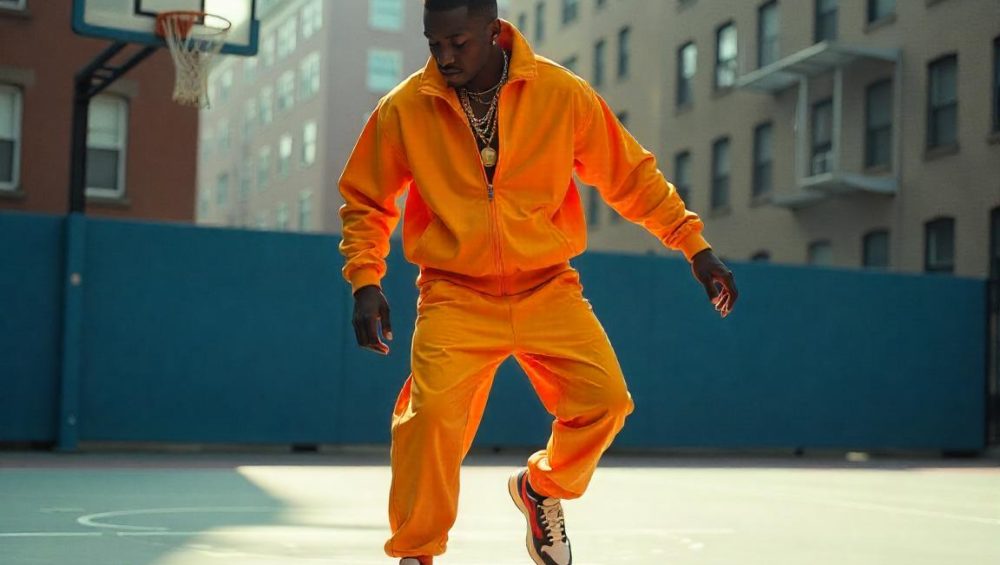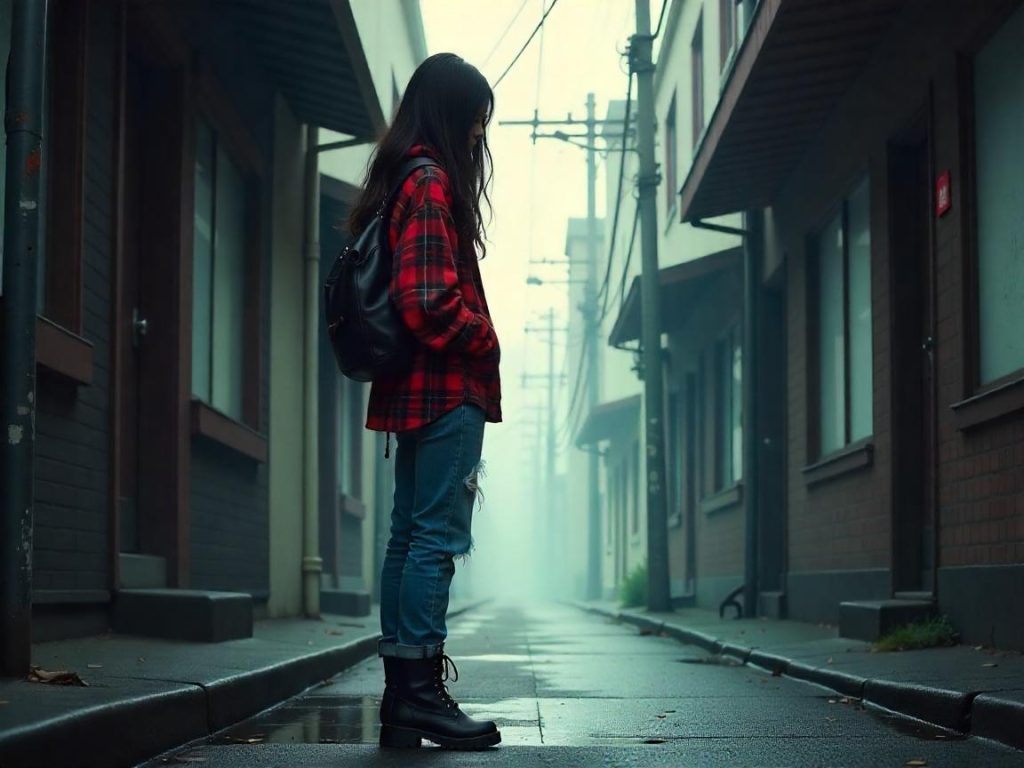
The Evolution of Street Style: From Subcultures to Global Influence
Introduction:
Street style, once a spontaneous expression of individuality rooted in subcultures and urban landscapes, has undergone a remarkable evolution. No longer confined to the fringes of the fashion world, it has ascended to become a significant force, influencing trends, shaping brand aesthetics, and even dictating runway directions. From the rebellious spirit of punk and the vibrant energy of hip-hop to the curated looks captured by street style photographers and disseminated through social media, this article will trace the fascinating journey of street style, exploring its origins, its transformative power, and its profound impact on the global fashion landscape.
The Early Seeds: Subcultures and Urban Expression:
The genesis of street style can be traced back to the emergence of distinct subcultures in the 20th century. Groups like the Teddy Boys in post-war Britain, with their Edwardian-inspired drapes, and the Mods and Rockers of the 1960s, each with their unique sartorial codes, used clothing as a powerful form of identity and rebellion against mainstream norms. These early forms of street style were organic expressions of collective identity, born from shared musical tastes, social ideologies, and a desire to stand out.
In the United States, movements like the Beat Generation and later the hippies also contributed to the development of distinct street style aesthetics that challenged conventional fashion. These styles were characterized by a rejection of formality and an embrace of individuality and comfort.
The late 20th century witnessed the explosion of numerous subcultures, each with its own distinctive visual language. Punk, with its anti-establishment ethos and DIY aesthetic, gave rise to ripped clothing, safety pins, and bold hairstyles. Hip-hop culture, originating in the Bronx, brought forth oversized silhouettes, sneakers, and statement jewelry. These subcultural styles, born on the streets, gradually began to seep into the mainstream fashion consciousness, albeit often in diluted or commercialized forms.

The Rise of Street Style Photography:
A pivotal moment in the evolution of street style was the emergence of dedicated street style photography. Photographers like Bill Cunningham, who began documenting the unique styles of New Yorkers in the late 1970s for the New York Times, played a crucial role in capturing and disseminating these spontaneous expressions of fashion. His work elevated everyday individuals into style icons, demonstrating that fashion wasn’t solely confined to the runway or glossy magazines.
In the digital age, the rise of blogs and social media platforms like Instagram further democratized street style photography. Suddenly, anyone with a camera could capture and share compelling looks, and individuals around the globe could gain inspiration from a diverse range of personal styles. This accessibility transformed street style from a localized phenomenon to a global visual conversation.
The Influence on High Fashion:
Initially, high fashion often looked down upon street style as unrefined and unsophisticated. However, as street style gained prominence and its influence on consumer trends became undeniable, designers and luxury brands began to pay closer attention. The raw creativity and authentic self-expression evident in street style offered a fresh perspective that could inject new energy into established fashion houses.
Designers started incorporating elements of street style into their collections, drawing inspiration from the silhouettes, colors, and styling techniques seen on the streets. The “sneakerization” of high fashion, the embrace of athleisure, and the incorporation of streetwear elements into luxury garments are all testaments to the profound influence of street style on the runway. Collaborations between high-end designers and streetwear brands further blurred the lines between these two worlds.
Street Style as a Marketing Tool:
The power of street style as a marketing tool has become increasingly evident. Street style stars and influencers, with their large and engaged followings, have become valuable assets for brands looking to connect with consumers in an authentic and relatable way. Their endorsements and appearances at fashion weeks can generate significant buzz and drive sales.
Fashion weeks themselves have become a prime showcase for street style. The attendees, including editors, buyers, influencers, and celebrities, often become as much of a spectacle as the runway shows themselves. Their carefully curated outfits are photographed and shared globally, setting trends and influencing consumer desires.
The Democratization of Fashion:
One of the most significant impacts of street style is the democratization of fashion. It has challenged the traditional top-down model where trends were dictated solely by designers and fashion magazines. Now, individuals have a greater voice in shaping fashion trends through their personal style and the images they share online.
Street style celebrates individuality and encourages experimentation. It demonstrates that style is not about adhering to rigid rules or wearing expensive designer clothes, but rather about expressing oneself authentically through clothing and accessories. This has empowered individuals to embrace their unique sense of style and to find inspiration in the world around them.
Criticisms and the Future of Street Style:
Despite its positive contributions, street style has also faced criticism. Some argue that it has become overly commercialized and performative, with individuals dressing for the cameras rather than for themselves. The pressure to constantly create visually striking outfits for social media can lead to a lack of authenticity.
Furthermore, the environmental impact of fast fashion trends, often fueled by the desire to replicate street style looks, is a growing concern. The constant cycle of new trends and disposable clothing contributes to textile waste and other environmental problems.
Looking ahead, the future of street style is likely to be shaped by ongoing technological advancements and evolving social values. The rise of virtual fashion and the metaverse could create new avenues for self-expression and style experimentation. A greater emphasis on sustainability may lead to a shift towards more conscious consumption and the celebration of enduring personal style over fleeting trends.
Conclusion:
From its rebellious roots in subcultures to its current status as a global phenomenon influencing the highest echelons of fashion, street style has undergone a remarkable transformation. It has democratized fashion, empowered individual expression, and become a powerful force in shaping trends and marketing strategies. While criticisms exist regarding its commercialization and environmental impact, the fundamental spirit of street style – the celebration of individuality and the power of personal style – continues to resonate. As technology evolves and social values shift, the story of street style will undoubtedly continue to unfold in fascinating and unpredictable ways.


